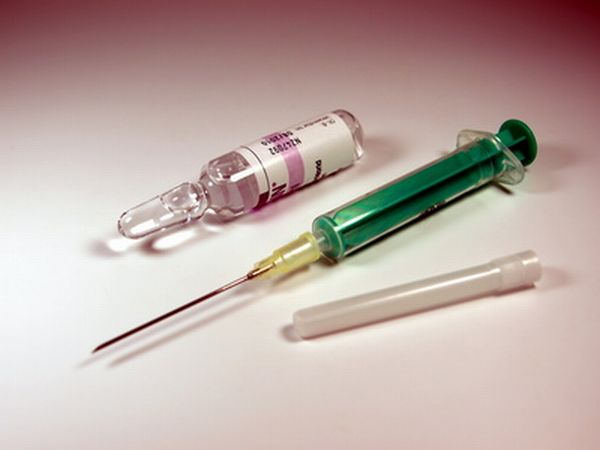
Colonoscopy is the medical examination of the colon (large intestine) that is done to detect any abnormalities in the large intestine and rectum. An instrument known as a colonoscope is used to conduct the test. It is a long, flexible tube, which is as thick as a finger, and has a camera attached to the tip that allows the doctor to view the inside of the intestine.
Symptoms
Colonoscopy is usually conducted when a person has one of the following symptoms:
- Blood in stools
- Severe abdominal pain
- Chronic diarrhea or constipation
- Abnormality found in the X-ray of the colon or CT scan
Sometimes patients belong to a family which has history of colon cancer or some types of non-colonic cancers and in case of chronic colonic problems like Ulcerative Colitis (an inflammation of the large intestine) and Colon polyps (fleshy growths that occur in the lining of the intestine, that vary in size and may or may not be cancerous).
Preparation
The following steps are followed before the test is done:
1. Patient’s colon is required to be clear in order for the test to be successful. Therefore he/she must follow a specific diet for a few days or one day before the test. The patient must follow a diet consisting of clear liquids to keep the bowel clean, so that the doctor does not have a problem getting a clear view of it. Also the patient may be required to take a laxative the night before and or on the morning of the procedure.
2. The patient must make the doctor aware of any regular medicines taken by him or her like medicines for blood pressure, diabetes, arthritis, aspirin products and any drugs containing iron. Any additional allergies or illnesses also need to be mentioned.
Procedure of the test
Doctors usually recommend sedation to minimize any discomfort. The sedatives are either given orally or through intravenous injections in combination with other pain medication.
The patient lies on his/her left side with knees drawn to the chest, and in some cases lies flat on the back, and is placed on a monitor to continuously monitor the heart rhythm, blood pressure, and saturation. The tip of the colonoscope is inserted into the anus and slowly advanced into the rectum and through the colon, up to the Cecum, which is the first part of the large intestine, under visual guidance. The scope contains a light and a tube, through which the doctor pumps air into the intestine, because inflating the intestine helps to get a better view of its lining. The camera in the scope sends images to an external monitor for the doctor to study the inside of the colon.
Experiences of the patient during the test
During the test, the patient may experience bloating in the abdomen, an urge to pass stools or cramps in the abdomen.
Colonoscopy is essentially a diagnostic procedure, but in case some polyps are detected in the intestinal lining during the procedure, they are removed with the colonoscope itself. The test will also help in detecting the site of bleeding, and suitable measures may be undertaken to stop the bleeding, in case of any abnormality in the lining, a small amount of tissue is extracted and sent for pathological examination.
Post colonoscopy
Even after the test, the patient must take care and follow some guidelines:
1. The patient is kept under observation for an hour after the procedure to allow the effects of the sedative to wear off. The patient is advised complete rest for some days and should not be driving any vehicle.
2. The patient may feel heavy or bloated and requires passing gas to get rid of all the air that was pumped into the intestine during colonoscopy. A special diet may be given to individuals in whom polyps were removed.
3. A little blood may be noticed in stools passed immediately after the surgery, and that is considered normal. However, if the bleeding does not stop or if the individual has abdominal pain or fever of 100 F, it is advisable to see the doctor immediately.
Risks
There are very few risks involved in the procedure. Bleeding may be seen in the site of biopsy or if a polyp was removed. Other complications may arise from pre existing heart or lung diseases or from the sedatives administered during the procedure. However, these occur very rarely.
Results
1. The results are considered negative if the Colonoscopist found no abnormalities in the colon. They are considered positive if any polyps or abnormality was found in the colon lining. If polyps are removed during the test, they are sent for further pathological investigation, and the patient is advised on undergoing another colonoscopic procedure in future, or even surgery, depending on the results of the pathological tests.
2. In case a person is found to be at risk of colon cancer, the doctor decides the further plan of action.
3. On the other hand, if the doctor is not convinced with the test results, he/she may advise the patient to undergo the test a second time, or adopt other procedures like barium enema or virtual colonoscopy.




